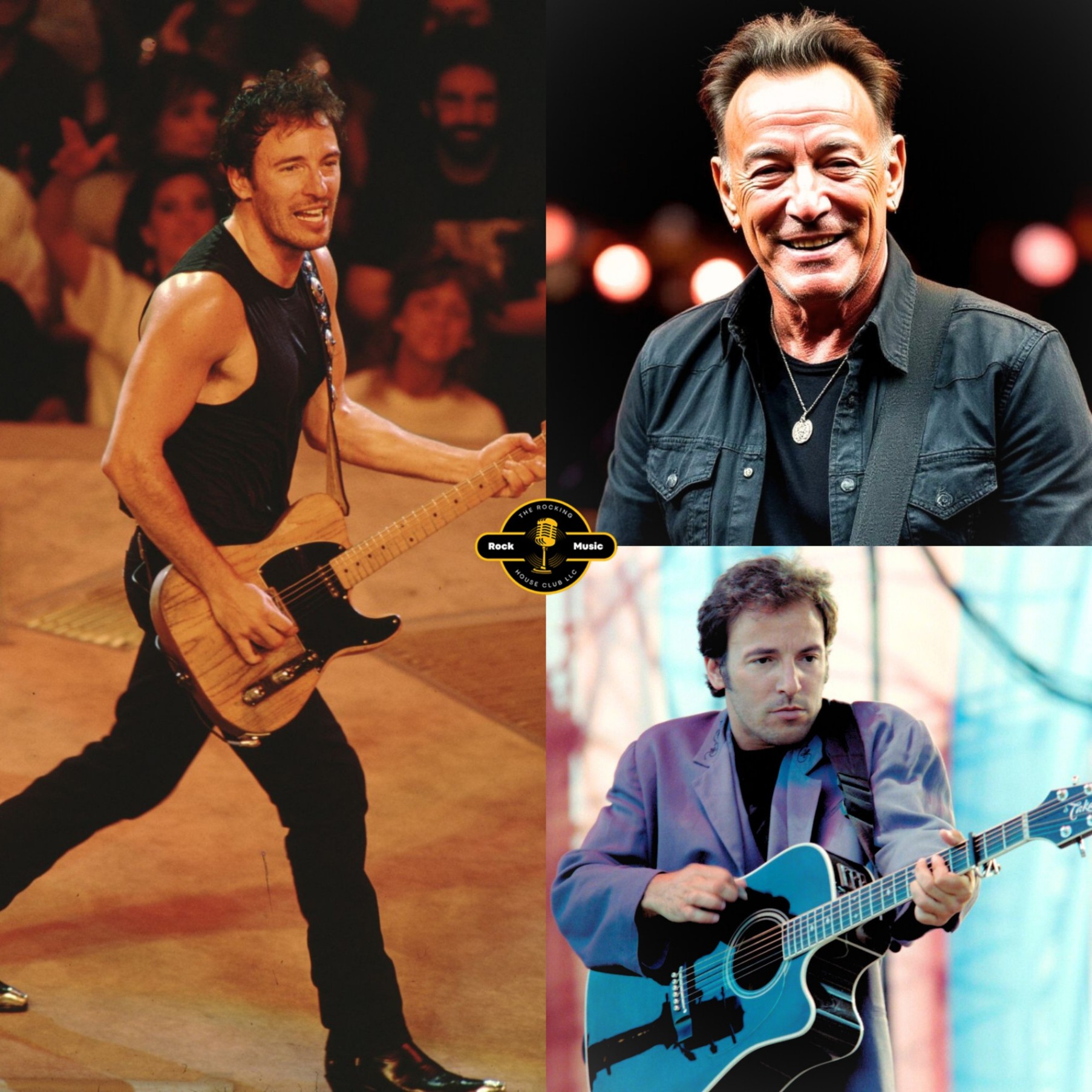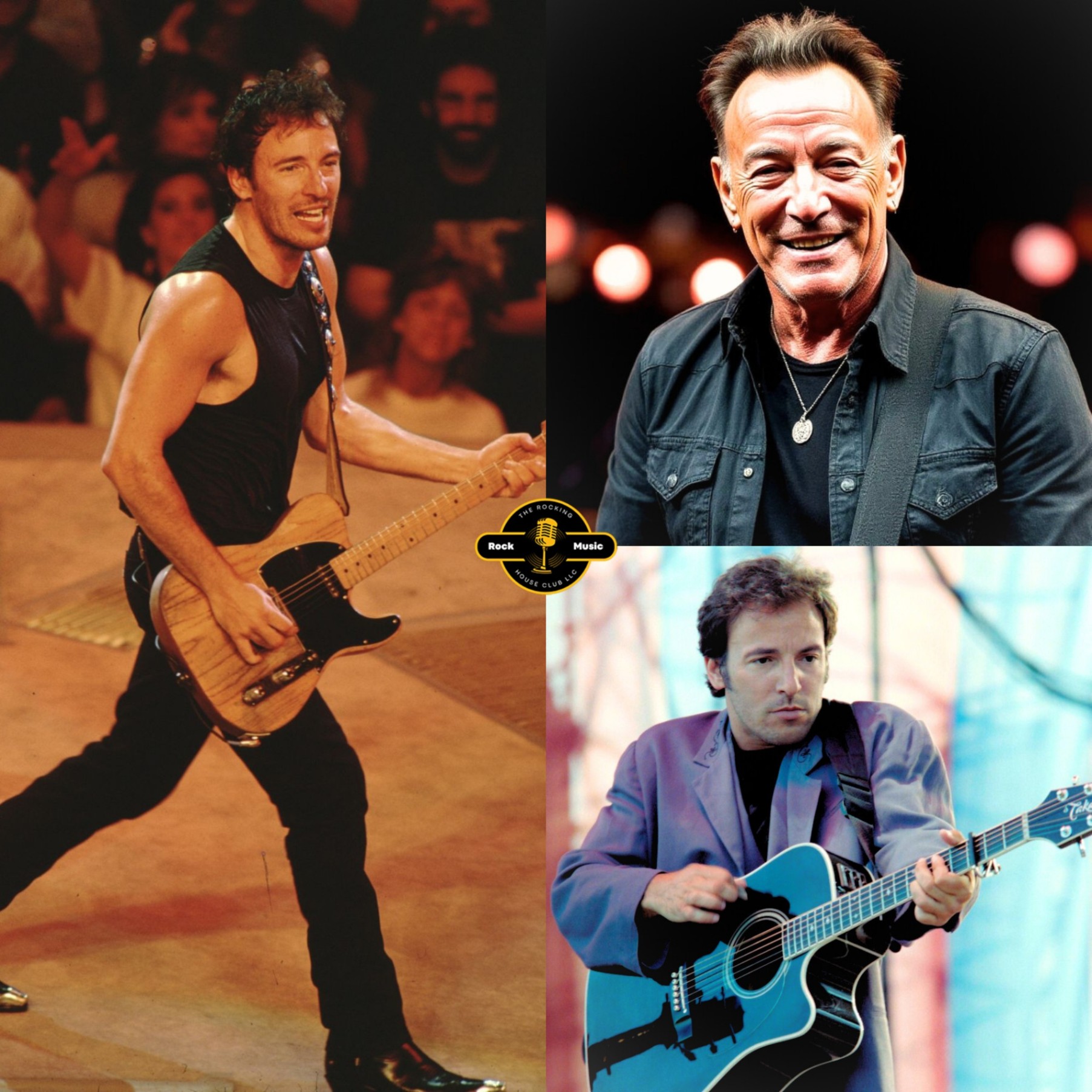If there’s a blind spot in the popularly accepted timeline of rock n’ roll history, it might be the early 1960s—that transitional gap between Elvis / Chuck Berry / Little Richard and the emergence of the Beatles and Bob Dylan. This was the time of doo-wop, country crooners, Chubby Checker, and instrumental surf guitar. It was also the heyday of saxophone-infused dance hall numbers, and nobody cornered that market better than Gary U.S. Bonds, who scored big hits with the singles ‘School Is Out’, ‘New Orleans’, and ‘Quarter to Three’, the latter two of which also charted in the Top 20 in the UK.
To put things in perspective, it was the upstart Beatles who opened for Bonds when he toured Europe in 1963. Within another few years, though, the changing tides of the rock landscape had already reduced the influential Bonds to the “oldies” category—with his sound now considered outdated and out of sync with the times.

Somewhere in a garage in Asbury Park, New Jersey, however, at least one group of young musicians never forgot about the infectious, raw energy of those Gary U.S. Bonds tunes. Listening to ‘Quarter to Three’, one can easily hear some of the foundational DNA of Bruce Springsteen and the E Street Band, with saxophonist Gene Barge in the role later played by Clarence Clemons. As no coincidence, Bruce regularly made the 1962 song a part of his band’s live sets during the late 1970s.
It was around that same time that Bonds—by then an oldies novelty act—met Springsteen for the first time, when Bruce and Steve Van Zandt came to see one of his shows at a small club in New Jersey. Springsteen was already riding high on the massive success of Born to Run, but Bonds, somehow, didn’t know who he was.
“I do now,” Bonds sheepishly told journalist Rob Patterson in 1982. “I found out who Bruce was the night we met when I introduced him to the crowd at the club I was playing. The people went wild when I introduced him,” Bonds said, admitting that he was taken aback. “I wasn’t listening to the radio much, wasn’t reading the music trade papers.”
Once Bonds realised the level of Springsteen’s fame, he couldn’t help but be flattered that one of the world’s biggest rock stars also cited him as an influence. A friendship was formed, and Springsteen and the E Street Band would soon collaborate with Bonds on a pair of successful early 1980s comeback albums, Dedication and On the Line. The 1981 single ‘This Little Girl’—spurred by Springsteen’s involvement—scored Bonds his first charting hit in almost 20 years, and introduced a new generation to a pioneering black pop star whose first brush with fame in America had been marred by the injustices of touring the segregated South. Now, he was being embraced at every tour stop.
“The audiences don’t care if you’re an ‘oldie’ or not,” Bonds said, “as long as you give them a good show.”

Bonds and Springsteen would collaborate again 20 years later on Bonds’ 2004 album, Back in 20—a direct reference to the 20-year gaps in fame across his long career. Now 86, Bonds has continued playing live, including some scheduled festival dates in 2025.
He also continues to use the stage name that his manager came up with almost 70 years ago, when he suggested that Gary Anderson go by “US Bonds” so that his promotional posters would look like public service announcements by the government, forcing people to pay closer attention.